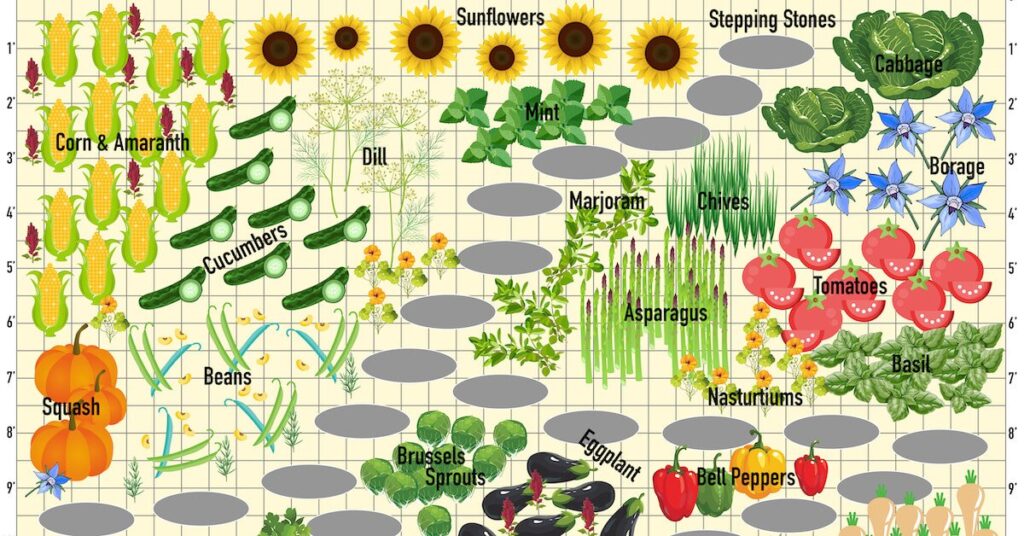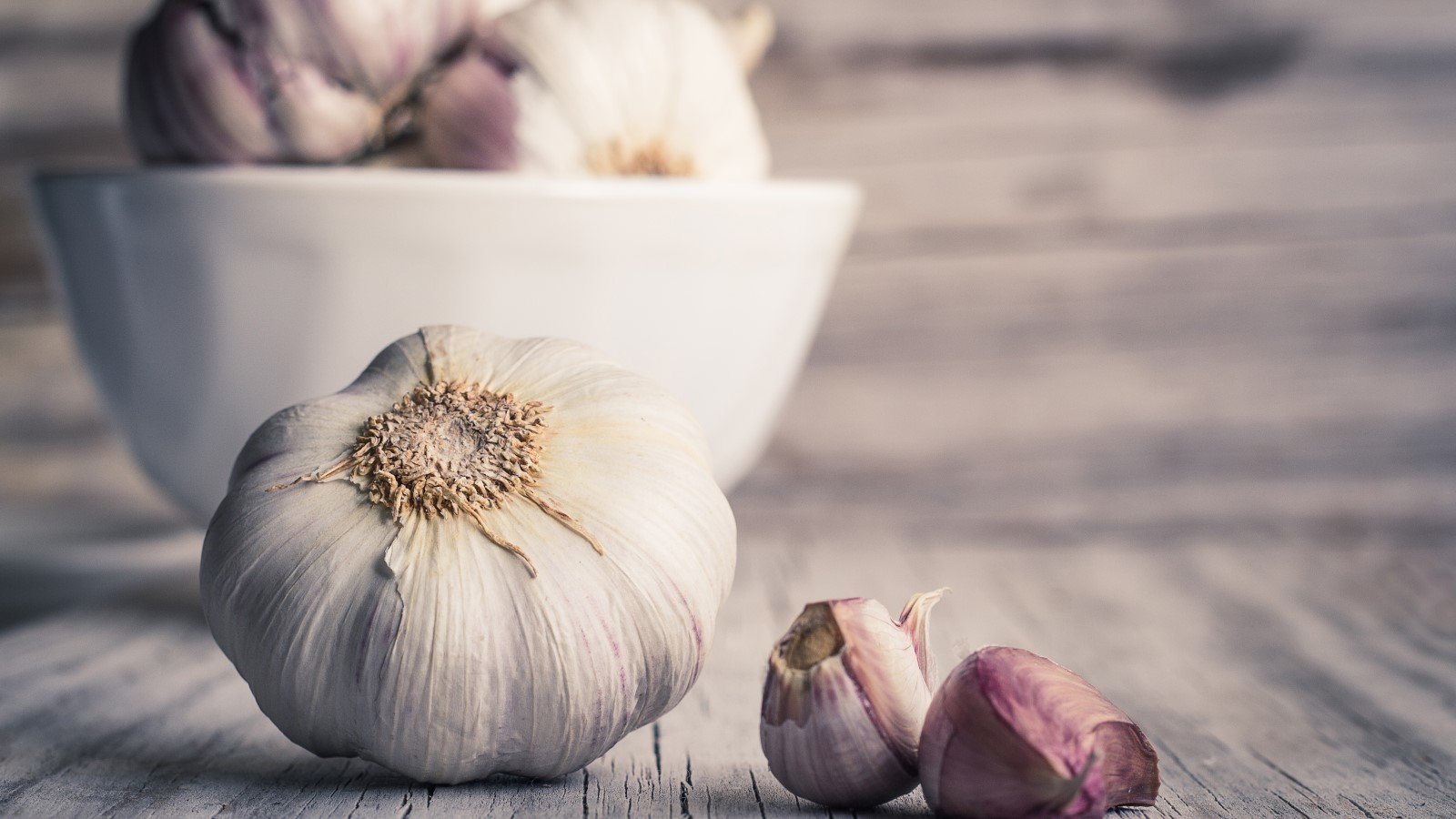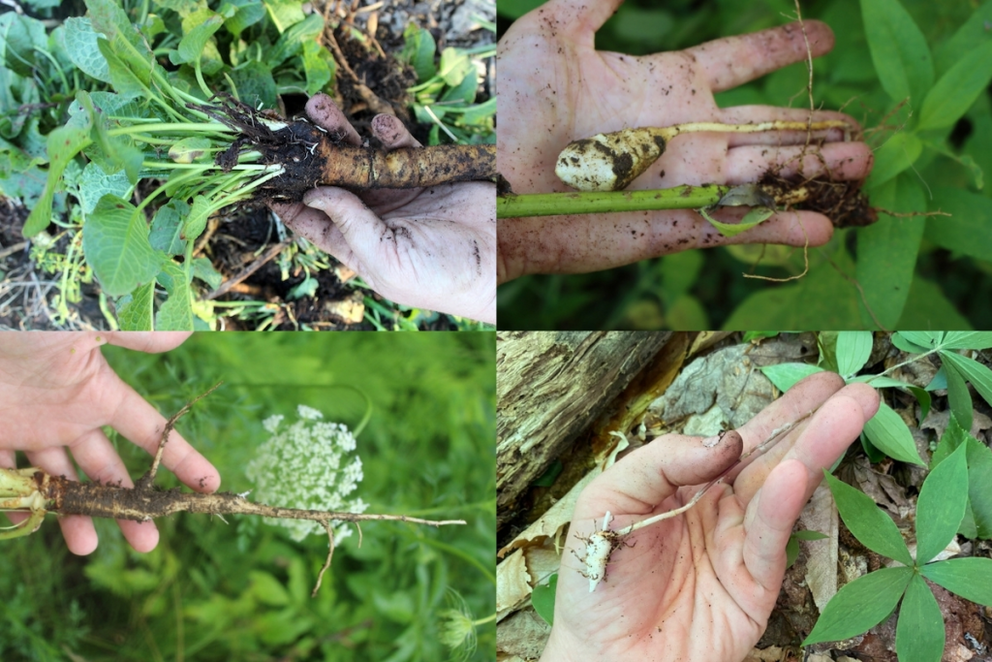
Gardening is more than just a hobby; it’s a connection to the earth, a source of fresh, delicious food, and a rewarding experience that nourishes both body and soul. And if you’re a vegetable gardener, you’re always looking for ways to maximize your yields, minimize pests, and create a thriving ecosystem in your backyard. One of the most effective and fascinating techniques for achieving all of these goals is companion planting. This comprehensive guide will delve into the incredible benefits of companion planting for vegetables, providing you with the knowledge and inspiration to transform your garden into a flourishing paradise.
What is Companion Planting?
At its core, companion planting is the practice of strategically placing different plants near each other to create a mutually beneficial relationship. It’s like carefully curating a community where plants support each other, much like friends and family. This can involve a variety of interactions, including:
- Pest Control: Some plants naturally repel pests or attract beneficial insects that prey on them.
- Pollination Enhancement: Certain plants attract pollinators like bees and butterflies, boosting the fruit and vegetable production in your garden.
- Nutrient Enrichment: Some plants can fix nitrogen in the soil, providing essential nutrients for their neighbors.
- Improved Growth: Certain plants provide shade, support, or other benefits that contribute to the health and vigor of nearby plants.
- Weed Suppression: Some companion plants act as a living mulch, reducing weed growth.
Companion planting is an ancient practice, used for centuries by indigenous cultures and experienced gardeners around the world. It’s a natural, sustainable way to enhance your garden’s productivity and resilience. The beauty of companion planting lies in its simplicity and effectiveness. It’s about understanding the needs of your plants and creating a harmonious environment where they can thrive together.
Benefits of Companion Planting: A Deep Dive
The advantages of companion planting are numerous and far-reaching. Let’s explore some of the key benefits in detail:
1. Natural Pest Control
One of the most significant benefits of companion planting is its ability to naturally control pests. Instead of relying on harsh chemical pesticides, you can harness the power of nature to protect your crops. Some plants emit scents that repel common garden pests, while others attract beneficial insects that prey on them. Here are some examples:
- Marigolds: These vibrant flowers are known for their ability to repel nematodes, a type of microscopic worm that can damage plant roots. They also deter other pests like whiteflies and aphids.
- Basil: Basil is a great companion for tomatoes, as it repels tomato hornworms and other pests.
- Nasturtiums: These colorful flowers act as a trap crop, attracting aphids and other pests away from your more valuable vegetables.
- Chives and Garlic: These pungent herbs repel a wide range of pests, including aphids, Japanese beetles, and carrot rust flies.
- Mint: Mint repels cabbage moths, ants, and other troublesome insects.
By strategically planting these companion plants, you can create a natural defense system in your garden, reducing the need for harmful pesticides and promoting a healthier ecosystem.
2. Enhanced Pollination
Pollination is essential for the production of fruits and vegetables. Without pollination, your plants won’t be able to produce the fruits and vegetables you crave. Companion planting can significantly enhance pollination by attracting pollinators like bees, butterflies, and other beneficial insects. Plants that attract pollinators include:
- Borage: This beautiful herb is a magnet for bees and is said to improve the flavor of tomatoes.
- Lavender: The fragrant flowers of lavender attract bees and butterflies, adding beauty and functionality to your garden.
- Sunflowers: These towering plants provide nectar and pollen for bees and other pollinators.
- Zinnias: These colorful flowers are a favorite of butterflies and are easy to grow.
- Coriander: Coriander, also known as cilantro, attracts beneficial insects like hoverflies, which feed on aphids.
By planting these pollinator-friendly companions, you can ensure that your vegetables receive the pollination they need to produce a bountiful harvest.
3. Improved Soil Health
Healthy soil is the foundation of a thriving garden. Companion planting can help improve soil health in several ways. Some plants have the ability to fix nitrogen in the soil, providing essential nutrients for other plants. Other plants can help break up compacted soil, improving drainage and aeration. Some examples include:
- Legumes (beans, peas, clover): These plants have a symbiotic relationship with nitrogen-fixing bacteria, which convert atmospheric nitrogen into a form that plants can use. Planting legumes near nitrogen-hungry crops like tomatoes and corn can improve their growth.
- Cover Crops (rye, oats, buckwheat): Cover crops can be planted between vegetable rows to improve soil structure, prevent erosion, and suppress weeds.
- Radishes: Radishes have deep taproots that can help break up compacted soil, improving drainage and aeration.
By incorporating these companion plants into your garden, you can create a healthier soil environment that supports the growth of your vegetables.
4. Weed Suppression
Weeds can be a gardener’s worst enemy, competing with vegetables for water, nutrients, and sunlight. Companion planting can help suppress weeds by creating a dense ground cover that shades the soil and prevents weed seeds from germinating. Some examples include:
- Living Mulches (clover, thyme): These plants create a dense ground cover that smothers weeds.
- Fast-Growing Plants (lettuce, spinach): These plants can quickly fill in empty spaces, preventing weeds from taking hold.
- Plants with Allelopathic Properties (marigolds): Some plants release chemicals that inhibit the growth of nearby weeds.
By using companion plants to suppress weeds, you can reduce the amount of time and effort you spend on weeding, allowing you to focus on other gardening tasks.
5. Enhanced Growth and Yield
Companion planting can directly enhance the growth and yield of your vegetables by providing support, shade, or other benefits. Some examples include:
- Corn and Beans: Corn provides support for climbing beans, while beans fix nitrogen in the soil, benefiting the corn.
- Tomatoes and Basil: Basil is said to improve the flavor of tomatoes and repel pests.
- Lettuce and Radishes: Radishes can be planted between rows of lettuce to break up the soil and provide a quick harvest.
- Cucumbers and Dill: Dill attracts beneficial insects that prey on cucumber beetles, which can damage cucumber plants.
By strategically planting these companion plants, you can create a synergistic relationship that promotes the health and productivity of your vegetables.
Companion Planting Combinations: A Gardener’s Guide
Now that you understand the benefits of companion planting, let’s explore some specific plant combinations that work well together. Remember, these are just suggestions, and you can experiment with different combinations to find what works best in your garden.
1. Tomatoes
Tomatoes are a popular choice for home gardens, and they benefit greatly from companion planting. Here are some excellent companions for tomatoes:
- Basil: Repels tomato hornworms and improves flavor.
- Marigolds: Repel nematodes and other pests.
- Chives: Repel aphids and other pests.
- Carrots: Attract beneficial insects.
- Nasturtiums: Trap crop for aphids.
Avoid planting tomatoes near: Cabbage family plants (they can stunt tomato growth) and fennel (inhibits tomato growth).
2. Carrots
Carrots are another popular vegetable that benefits from companion planting. Here are some excellent companions for carrots:
- Onions and Garlic: Repel carrot rust flies.
- Rosemary: Repels carrot rust flies.
- Lettuce: Provides shade and helps retain moisture.
- Radishes: Break up the soil and provide a quick harvest.
- Marigolds: Repel nematodes.
Avoid planting carrots near: Dill (inhibits carrot growth).
3. Lettuce
Lettuce is a versatile and easy-to-grow vegetable that benefits from companion planting. Here are some excellent companions for lettuce:
- Carrots: Provide shade and help retain moisture.
- Radishes: Break up the soil and provide a quick harvest.
- Strawberries: Provide ground cover and suppress weeds.
- Chives: Repel aphids.
- Calendula: Attracts beneficial insects.
Avoid planting lettuce near: Parsley (can attract slugs).
4. Beans
Beans are a valuable crop that benefits from companion planting. Here are some excellent companions for beans:
- Corn: Provides support for climbing beans.
- Potatoes: Repel bean beetles.
- Marigolds: Repel bean beetles.
- Summer Savory: Improves bean growth and flavor.
- Rosemary: Repels bean beetles.
Avoid planting beans near: Onions and garlic (can stunt bean growth) and fennel (inhibits bean growth).
5. Peppers
Peppers thrive with the right companions. Here are some excellent companions for peppers:
- Basil: Repels pests and improves flavor.
- Marjoram: Improves pepper growth and flavor.
- Onions: Repel aphids.
- Carrots: Attract beneficial insects.
- Tomatoes: Similar growing requirements and can share nutrients.
Avoid planting peppers near: Fennel (inhibits pepper growth) and kohlrabi (can stunt pepper growth).
6. Cucumbers
Cucumbers are a refreshing and productive vegetable that benefits from companion planting. Here are some excellent companions for cucumbers:
- Dill: Attracts beneficial insects that prey on cucumber beetles.
- Marigolds: Repel nematodes and other pests.
- Nasturtiums: Trap crop for aphids.
- Sunflowers: Provide support for climbing cucumbers.
- Beans: Fix nitrogen in the soil.
Avoid planting cucumbers near: Aromatic herbs (can inhibit cucumber growth).
7. Corn
Corn is a staple crop that benefits from companion planting. Here are some excellent companions for corn:
- Beans: Fix nitrogen in the soil and provide support.
- Squash: Provides ground cover and suppresses weeds.
- Pumpkins: Provides ground cover and suppresses weeds.
- Sunflowers: Provide shade and attract pollinators.
- Potatoes: Repel corn earworms.
Avoid planting corn near: Tomatoes (can attract corn earworms).
Designing Your Companion Planting Garden
Creating a companion planting garden requires some planning, but the effort is well worth it. Here are some tips to help you design your garden:
- Consider the needs of each plant: Research the specific needs of your vegetables, including sunlight, water, and soil requirements.
- Choose companion plants that complement each other: Select plants that benefit each other in terms of pest control, pollination, nutrient enrichment, or growth support.
- Plan for succession planting: As some plants mature and are harvested, you can plant new companion plants to maintain a continuous cycle of benefits.
- Space plants appropriately: Ensure that plants have enough space to grow and thrive, considering their mature size.
- Observe your garden: Pay attention to how your plants are growing and adjust your companion planting strategy as needed.
By carefully planning your garden layout, you can create a thriving ecosystem where your vegetables can flourish.
Troubleshooting Common Companion Planting Issues
While companion planting is generally a beneficial practice, you may encounter some challenges. Here are some tips to troubleshoot common issues:
- Pest infestations: If you experience a pest infestation, identify the pest and research companion plants that repel it. You may also need to use organic pest control methods, such as insecticidal soap or neem oil.
- Poor pollination: If your plants are not producing fruit or vegetables, consider planting more pollinator-friendly companion plants, such as borage or lavender.
- Nutrient deficiencies: If your plants show signs of nutrient deficiencies, amend your soil with compost or other organic matter. You can also plant nitrogen-fixing companion plants, such as legumes.
- Disease outbreaks: If your plants are affected by disease, remove infected plants and improve air circulation by spacing plants properly. You may also need to use organic fungicides.
- Overcrowding: If your plants are overcrowded, thin them out to provide adequate space for growth and air circulation.
By addressing any issues promptly, you can ensure that your companion planting garden remains healthy and productive.
Beyond the Basics: Advanced Companion Planting Techniques
Once you’ve mastered the basic principles of companion planting, you can explore more advanced techniques to further enhance your garden’s productivity and resilience:
- Intercropping: This involves planting different crops in the same row or bed, maximizing space and resources.
- Succession planting: This involves planting crops in a staggered manner, ensuring a continuous supply of fresh produce.
- Trap cropping: This involves planting plants that are more attractive to pests than your main crops, drawing pests away from your valuable vegetables.
- Using cover crops: Cover crops can be planted between vegetable rows to improve soil health, prevent erosion, and suppress weeds.
- Crop rotation: Rotating crops each year can help prevent the buildup of pests and diseases, while also improving soil fertility.
By incorporating these advanced techniques, you can take your companion planting skills to the next level and create an even more productive and sustainable garden.
Embracing the Companion Planting Journey
Companion planting is a rewarding and sustainable gardening practice that can transform your vegetable garden into a thriving ecosystem. By understanding the benefits of companion planting, choosing the right plant combinations, and designing your garden thoughtfully, you can maximize your yields, minimize pests, and create a beautiful and productive space. Remember, gardening is a journey, not a destination. Embrace the learning process, experiment with different techniques, and enjoy the satisfaction of growing your own fresh, healthy food. With a little planning and effort, you can unlock the secrets of companion planting and create a garden that will bring you joy and nourishment for years to come. Happy gardening!


